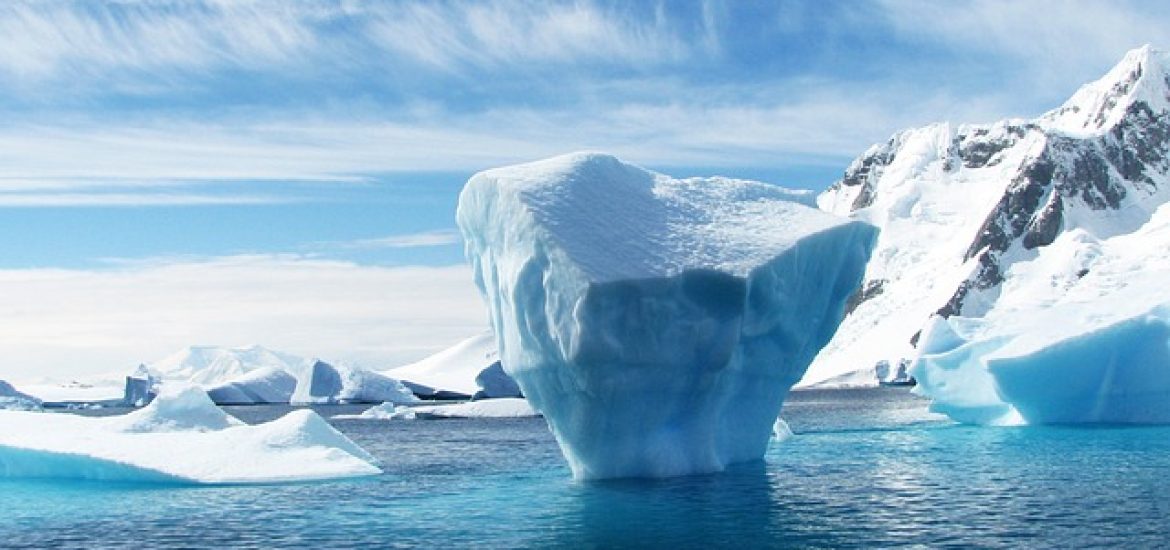
The world’s largest iceberg, A23a, continues to drift from Antarctica toward the South Atlantic, raising concerns about its potential impact on South Georgia Island, a British Overseas Territory. Previously trapped around an undersea mountain, A23a now appears to be moving with the ocean currents towards the island.
Physical oceanographer Andrew Meijers from the British Antarctic Survey notes that the iceberg is currently in a meander of the current, not directly heading toward South Georgia. However, experts predict that it may soon move closer to the island. Simon Wallace, a captain aboard the South Georgia government vessel Pharos, warned of the dangers posed by A23a. While the large iceberg is easy to track, it could break apart, creating smaller chunks that are harder to detect but still hazardous. Smaller icebergs are difficult to avoid and may gather in patches that make certain areas of South Georgia inaccessible, causing logistical issues for vessels.
A23a remains the largest iceberg on Earth, measuring approximately 3,672 square kilometers (1,418 square miles). For context, that’s slightly smaller than Rhode Island and more than twice the size of London. It calved from the Filchner-Ronne ice shelf in 1986, and scientists have tracked its movements ever since. For more than three decades, it remained grounded on the seafloor of the Weddell Sea, until it loosened enough to break free. After that, the iceberg was carried away by ocean currents, eventually becoming trapped in a phenomenon known as a Taylor column, where ocean currents spin around an underwater mountain. This kept it stationary for several months, but in December, it broke free once again.
Scientists initially expected A23a to continue moving toward warmer waters, potentially breaking apart and melting by the time it reached South Georgia. As of now, the iceberg has maintained its structural integrity, unlike previous “megabergs” that disintegrated into smaller pieces. The current question is whether A23a will continue its path toward the open South Atlantic or become stuck on the continental shelf.
If the iceberg becomes grounded, it could block access to essential feeding grounds for wildlife on South Georgia, particularly seals and penguins. Mark Belchier, director of fisheries and environment for South Georgia and the South Sandwich Islands, is monitoring the situation closely, as large icebergs can pose risks to shipping and fishing activities. However, Belchier emphasized that any impact on wildlife would likely be temporary and localized.
South Georgia is known for its rich biodiversity, including one of the largest Marine Protected Areas in the world. While this iceberg is part of the natural cycle of the ice shelf, scientists have noted that global warming is accelerating changes in Antarctica, with serious implications for rising sea levels.
In conclusion, while the largest iceberg in the world is on the move, its exact path remains uncertain. Its potential to disrupt the local ecosystem and industries on South Georgia is a reminder of the fragile balance between nature’s processes and the changing climate.





